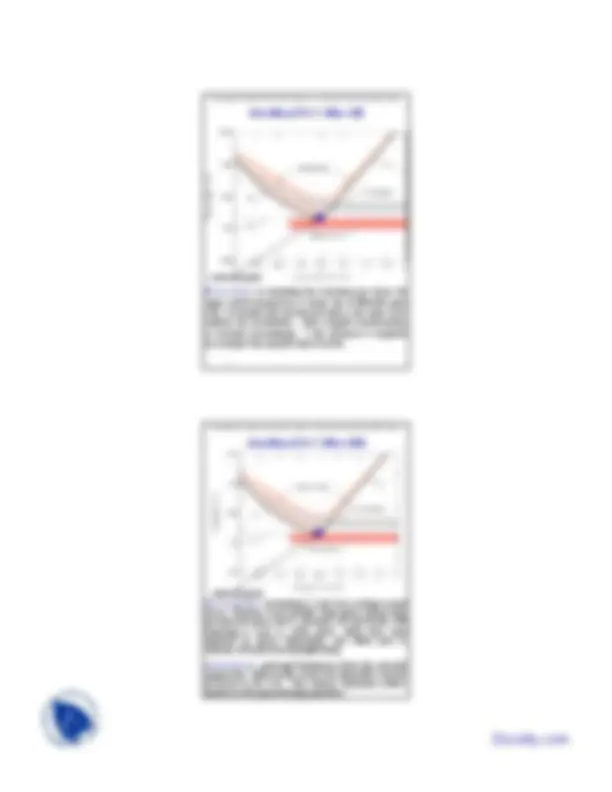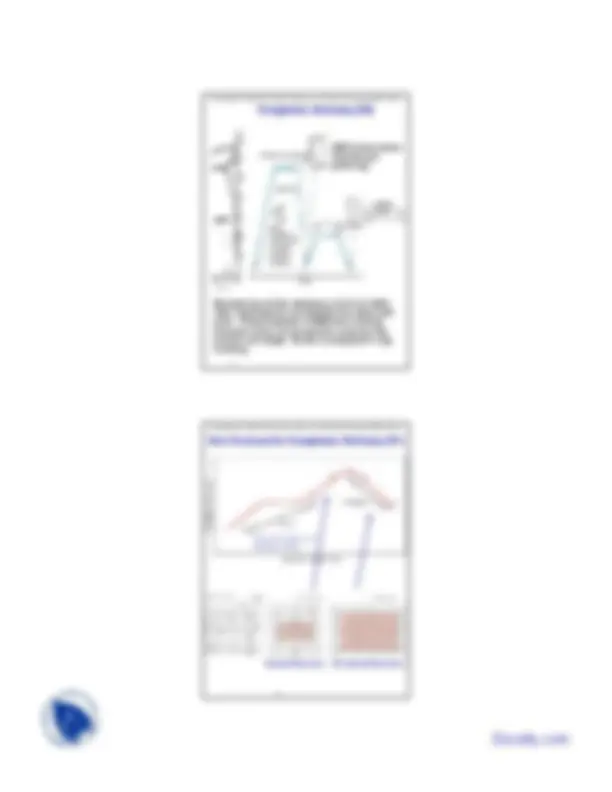








Study with the several resources on Docsity

Earn points by helping other students or get them with a premium plan


Prepare for your exams
Study with the several resources on Docsity

Earn points to download
Earn points by helping other students or get them with a premium plan
Community
Ask the community for help and clear up your study doubts
Discover the best universities in your country according to Docsity users
Free resources
Download our free guides on studying techniques, anxiety management strategies, and thesis advice from Docsity tutors
An introduction to the thermal processing of metal alloys, focusing on annealing, hardenability, and precipitation hardening. Annealing is a heat treatment process used to relieve internal stresses, increase ductility, and produce specific microstructures. Hardenability is the ability of a material to be hardened by forming martensite, and is measured by the jominy end-quench test. Precipitation hardening is a process in which small inclusions of secondary phases strengthen the material by impeding dislocation motion. This document also discusses the influence of quenching medium, specimen size, and geometry on hardenability.
Typology: Slides
1 / 11

This page cannot be seen from the preview
Don't miss anything!







1
¾ Annealing, Stress Relief
¾ More on Heat Treatment of Steels
¾ Precipitation Hardening
Introduction to Materials Science, Chapter 11, Thermal Processing of Metal Alloys
2
is heated to an elevated temperature, allowed to dwell there for a set amount of time and then cooled with a controlled rate.
The time at the high temperature (soaking time) is long enough to allow the desired transformation (diffusion, kinetics) to occur.
Cooling is done slowly to avoid warping/cracking of due to the thermal gradients and thermo-elastic stresses within the or even cracking the metal piece.
3
Introduction to Materials Science, Chapter 11, Thermal Processing of Metal Alloys
4
eutectoid point
7
Martensite has the strongest microstructure and can be made more ductile by tempering. Therefore, the optimum properties of quenched and tempered steel are realized if a high content of martensite is produced.
Problem: It is difficult to maintain the same conditions throughout the entire volume of steel during cooling: the surface cools more quickly than interior, producing a range of microstructures throughout. The martensitic content, and the hardness, will drop from a high value at the surface to a lower value in the interior of the specimen.
Production of uniform martensitic structure depends on
Introduction to Materials Science, Chapter 11, Thermal Processing of Metal Alloys
8
Martensite
Tempered martensite (tempered at 371 °C)
Brinell Hardness NumberFine Pearlite Rockwell Hardness, Scale C
9
Hardenability is the ability of the Fe-C alloy to be hardened by forming martensite.
Hardenability is not “hardness”. It is a qualitative measure of the rate at which hardness decreases with distance from the surface because of decreased martensite content.
High hardenability means the ability of the alloy to produce a high martensite content throughout the volume of specimen.
Hardenability is measured by the Jominy end-quench
Introduction to Materials Science, Chapter 11, Thermal Processing of Metal Alloys
10
The “Hardenability Curve” is the dependence of hardness on distance from the quenched end.
13
Introduction to Materials Science, Chapter 11, Thermal Processing of Metal Alloys
University of (^) 14
Quenching medium : Cooling is faster in water then oil, slow in air. Fast cooling brings the danger of warping and formation of cracks, since it is usually accompanied by large thermal gradients.
The shape and size of the piece : Cooling rate depends upon extraction of heat to specimen surface. Thus the greater the ration of surface area to volume, the deeper the hardening effect. Spheres cool slowest, irregularly shaped objects fastest.
Radial hardness profiles of cylindrical steel bars
15
Introduction to Materials Science, Chapter 11, Thermal Processing of Metal Alloys
16
19
Strength and Ductility
Introduction to Materials Science, Chapter 11, Thermal Processing of Metal Alloys
20
¾ Annealing ¾ Austenitizing ¾ Full annealing ¾ Hardenability ¾ Jominy end-quench test ¾ Overaging ¾ Precipitation hardening ¾ Precipitation heat treatment ¾ Process annealing ¾ Solution heat treatment ¾ Spheroidizing ¾ Stress relief
Make sure you understand language and concepts:
21
Skip Chapter 12: Metal Alloys
Chapter 13: Structure and Properties of Ceramics
¾ Crystal Structures
¾ Silicate Ceramics
¾ Carbon
¾ Imperfections in Ceramics
Optional reading: 13.6 – 13.
Chapter 14: Applications and Processing of Ceramics
¾ Short review of glass/ceramics applications and
processing (14.1 - 14.7)
Optional reading: 14.8 – 14.